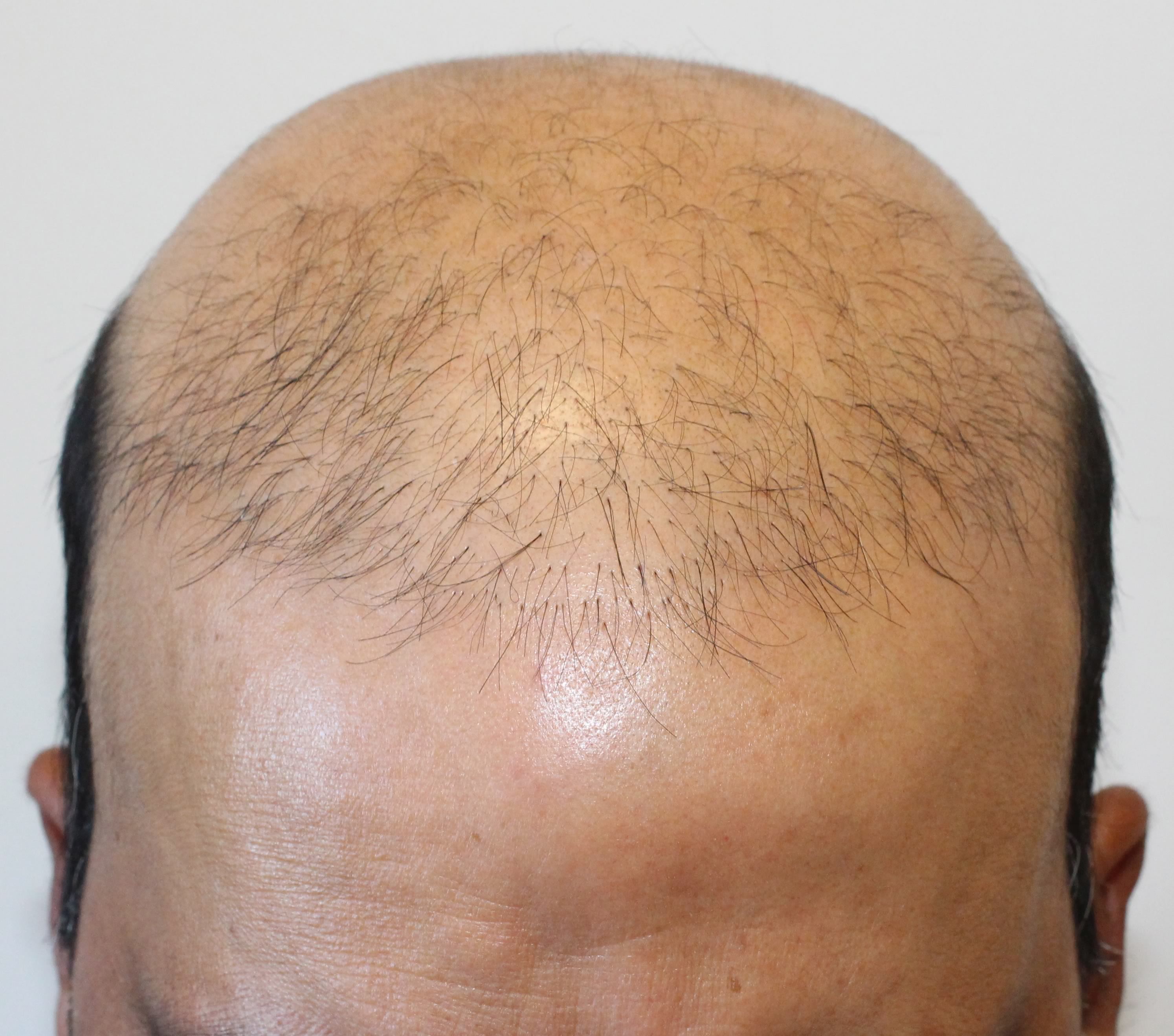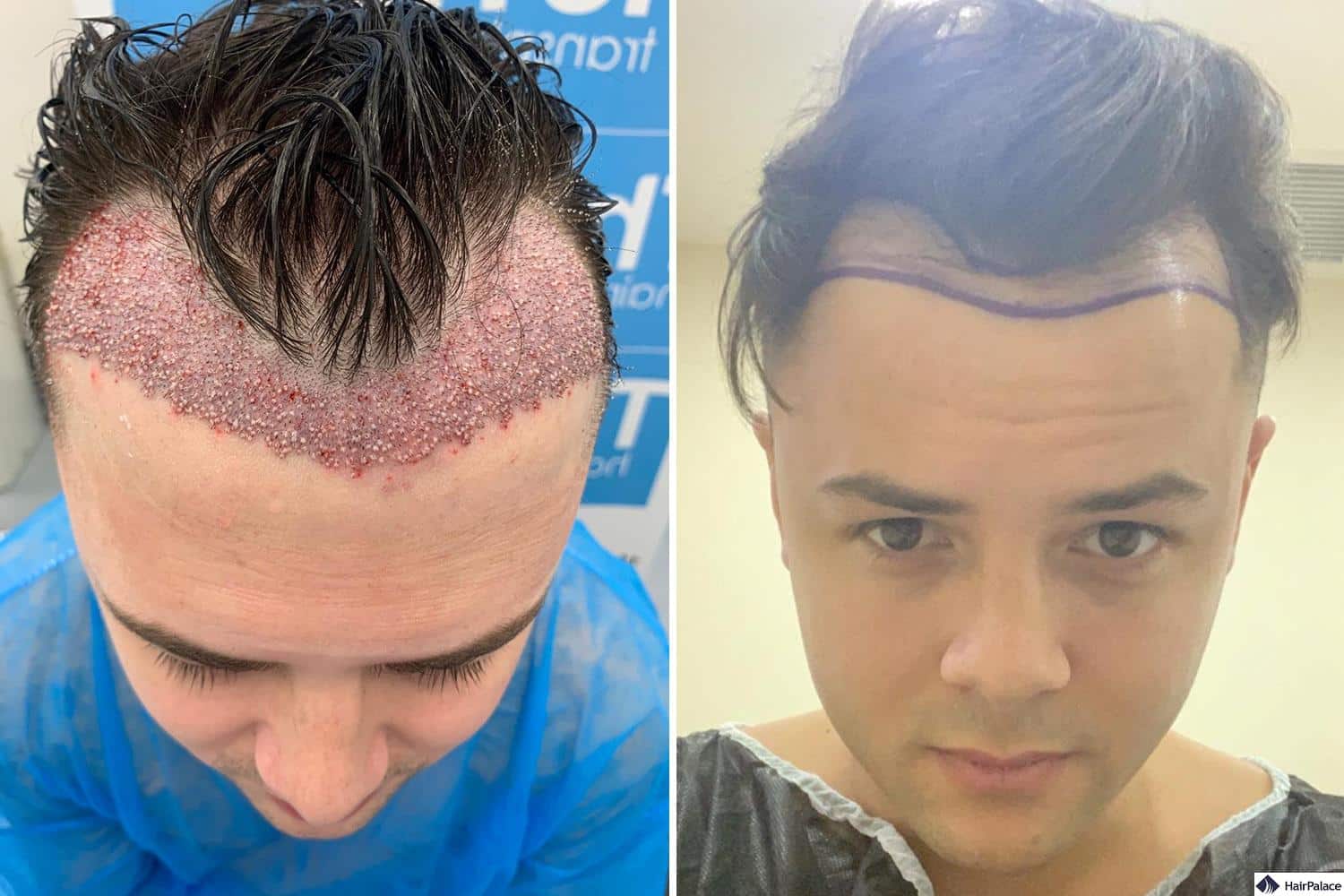Bad hair transplants can have devastating consequences, both physically and emotionally. This comprehensive guide explores the signs, causes, and potential solutions for botched hair transplants, empowering readers to make informed decisions about their hair restoration journey.
From identifying the warning signs of a bad transplant to seeking professional help and exploring corrective measures, this article provides a roadmap for navigating the complexities of hair transplantation.
Understanding the Impact of Bad Hair Transplants

Botched hair transplants can have severe consequences, affecting individuals physically, emotionally, and socially. Understanding the negative effects is crucial for informed decision-making and seeking appropriate medical attention.
Physically, bad transplants can result in scarring, infection, unnatural hair growth patterns, and hair loss in the donor area. These complications can cause pain, discomfort, and visible disfigurement.
Emotional Impact
The emotional toll of a bad hair transplant can be significant. Individuals may experience anxiety, depression, and a loss of self-confidence due to the dissatisfaction with their appearance. The stigma associated with hair loss and failed transplants can further exacerbate these feelings.
Social Consequences
Bad hair transplants can also have social repercussions. Individuals may face discrimination or negative attention from others, leading to isolation and social withdrawal. The impact on one’s career and personal relationships can be profound.
Importance of Seeking Professional Medical Attention
If you have experienced a bad hair transplant, it is imperative to seek professional medical attention as soon as possible. A qualified hair restoration surgeon can assess the damage, provide treatment options, and help mitigate the negative consequences.
Identifying the Signs of a Bad Hair Transplant

A poorly executed hair transplant can leave telltale signs that distinguish it from a successful procedure. Understanding these indicators is crucial for assessing the quality of a transplant and making informed decisions about corrective measures.
Unnatural Hair Growth Patterns
One of the most noticeable signs of a bad hair transplant is unnatural hair growth patterns. These can include:
- Doll’s hair effect:Hair growing in a straight line without any natural curvature.
- Plugged hair:Grafts that appear as individual clumps of hair, rather than blending seamlessly with existing hair.
- Unnatural density:Hair transplanted too densely, creating an unnatural, helmet-like appearance.
Excessive Scarring
Excessive scarring can be another indicator of a bad hair transplant. This can occur due to:
- Poor surgical technique:Using blunt needles or excessive force during graft extraction and insertion.
- Infection:Post-operative infections can lead to inflammation and scarring.
Infection
Infection is a serious complication that can occur after a hair transplant. Signs of infection include:
- Redness, swelling, and pain:Around the transplanted area.
- Pus or discharge:From the graft sites.
- Fever:Accompanied by other symptoms of infection.
It’s important to note that some post-operative symptoms, such as mild redness and swelling, are normal. However, persistent or severe symptoms should be evaluated by a medical professional to rule out a potential infection or other complications.
Prevention and Corrective Measures for Bad Hair Transplants
Preventing and correcting bad hair transplants require a combination of informed decision-making and professional expertise. By choosing reputable clinics and surgeons, individuals can minimize the risk of unsatisfactory outcomes. Moreover, understanding the available options for correcting bad transplants empowers patients to explore solutions and restore their desired hair appearance.
Prevention
To prevent bad hair transplants, consider the following measures:
- Research and choose reputable clinics and surgeons:Look for clinics with a proven track record, positive patient reviews, and board-certified surgeons with extensive experience in hair transplantation.
- Consult multiple surgeons:Obtain consultations from several surgeons to compare their approaches, techniques, and results. This allows you to make an informed decision based on their qualifications and your personal preferences.
- Review before-and-after photos:Examine the results of previous patients to assess the surgeon’s skill and artistic vision. Look for natural-looking hairlines, density, and overall aesthetic improvement.
- Check patient testimonials:Read online reviews and testimonials from former patients to gain insights into their experiences, satisfaction levels, and the quality of care they received.
- Consider the clinic’s reputation:Research the clinic’s history, accreditation, and any previous complaints or lawsuits to ensure their credibility and adherence to industry standards.
Corrective Measures, Bad hair transplant
If an individual experiences an unsatisfactory hair transplant, several corrective options are available:
- Surgical revision:Involves reopening the transplant area and redistributing or replacing poorly placed grafts. This can improve hair density, hairline, and overall appearance.
- Non-surgical treatments:Include laser therapy, microneedling, and platelet-rich plasma (PRP) injections. These treatments can stimulate hair growth, improve scalp health, and potentially minimize the visibility of scarring.
- Scalp micropigmentation:A cosmetic procedure that creates the illusion of thicker hair by tattooing tiny dots of pigment onto the scalp. This can camouflage thinning areas and improve the overall aesthetic appearance.
| Corrective Method | Potential Outcomes |
|---|---|
| Surgical revision | Improved hair density, hairline, and overall appearance |
| Non-surgical treatments | Stimulated hair growth, improved scalp health, reduced scarring visibility |
| Scalp micropigmentation | Camouflaged thinning areas, improved aesthetic appearance |
Case Studies and Expert Opinions

To gain a deeper understanding of the consequences of bad hair transplants, it is essential to examine real-world experiences and expert insights.
Case studies provide valuable accounts of individuals who have undergone unsatisfactory hair transplant procedures. Their stories highlight the challenges they faced, the psychological impact, and the lessons they learned. Interviews with experts in the field offer invaluable perspectives on the causes and consequences of bad hair transplants, as well as guidance on prevention and corrective measures.
Case Study: John Doe
John Doe, a 35-year-old man, sought a hair transplant to address his receding hairline. However, the procedure resulted in unnatural-looking hair plugs that left him with a disfigured appearance. The transplant was performed by an inexperienced surgeon who used outdated techniques, leading to scarring and poor hair growth.
John’s experience highlights the importance of choosing a qualified surgeon and understanding the potential risks associated with hair transplants. He underwent several corrective surgeries to improve the appearance of his hair, but the results were far from satisfactory.
Closure
Understanding the risks and seeking qualified medical expertise are crucial for preventing bad hair transplants. By following the guidelines Artikeld in this article, readers can increase their chances of achieving a successful and natural-looking hair restoration outcome.
